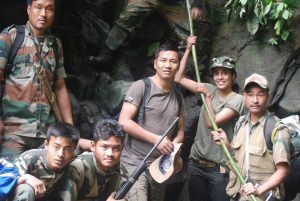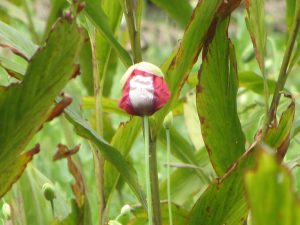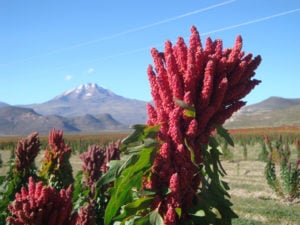Ranganadi means red river. But the Ranganadi red river of India ran black and turbid on Rongali Bihu, the Assamese New Year’s Day, this April.
The people living along the banks of the river in North Lakhimpur district of Assam could not bathe their livestock in Ranganadi on this special day. Forced to forego a tradition among the Mising tribe to which they belong, residents bathed their cattle and goats in water pumped up from tube wells, ignoring the dangerous level of arsenic in the groundwater.
Red river of India
On February 9 this year, an unprecedented amount of silt and muddy water was released from the Ranganadi dam of North Eastern Electric Power Corporation (NEEPCO)’s 405 MW Ranganadi Hydro Electric Project (RHEP) near Yazali in Arunachal Pradesh.
A major tributary of the Brahmaputra, Ranganadi starts in the Nilam, Marta and Tapo mountain ranges of Arunachal Pradesh, a state in which the river is called Panyor. It is a major source of irrigation water and fish in both Arunachal Pradesh and downstream Assam, where it joins the Brahmaputra.
Shortly after the sudden release of silt by NEEPCO, scores of dead fish of different species and sizes were seen “lying at the bank of the river at Lichi, Upper Sher, Lower Sher, Boda, Upper Jumi and Komasiki village areas,” according to a statement by local NGO Jumi, Komasiki, Cher Green Plus Society (JKCGPS). The NGO has lodged a complaint to the police against the head of RHEP, holding him responsible for the destruction of aquatic lives. It has also threatened to launch a movement.

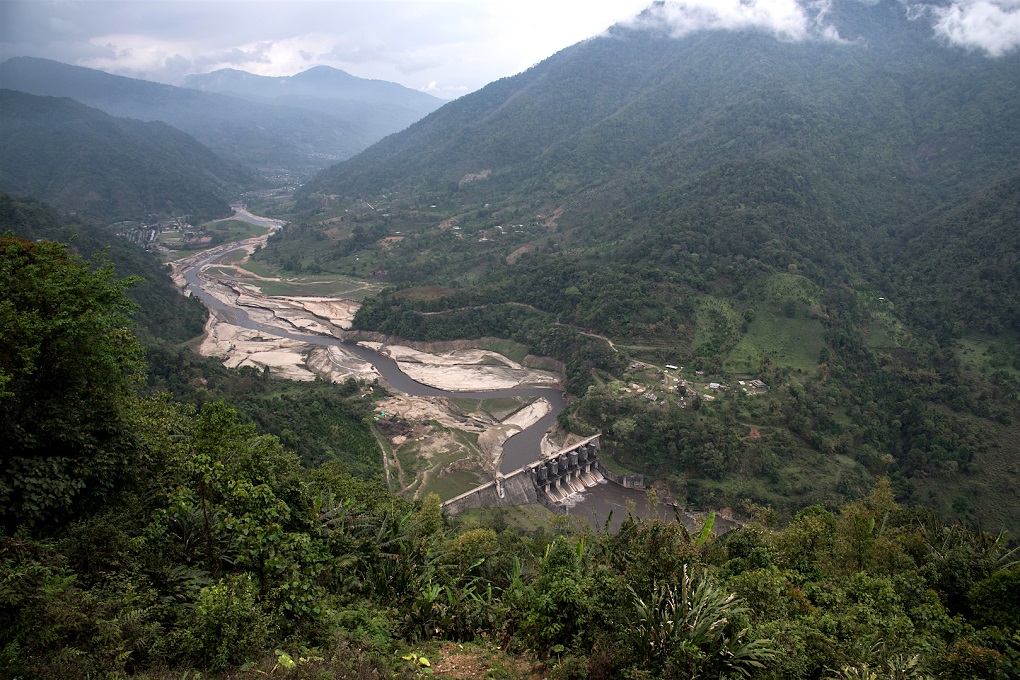
But several academics in Assam have since documented that that the channelling of the river’s water through a tunnel on the adjacent hillside has dried up the riverbed the entire length of the channel, effectively stopping the movement of all aquatic life up and down the river, except in the monsoon when the torrential rain common in the area still leads to the river breaking its banks. Guwahati-based environment researcher Mirza Zulfiqur Rahman describes them as “run-away-with-the-river” projects.
As with all hydroelectric projects, RHEP engineers have to get rid of the silt before the water hits the turbine blades – the silt would ruin the blades otherwise. So the water is led to a settlement chamber from which the silt is periodically flushed out and dumped on the riverbed below the dam. It was this dump that was flushed out on February 9 by opening the dam gates. The result is a river that still flows black and turbid.
Women Water Users’ Groups
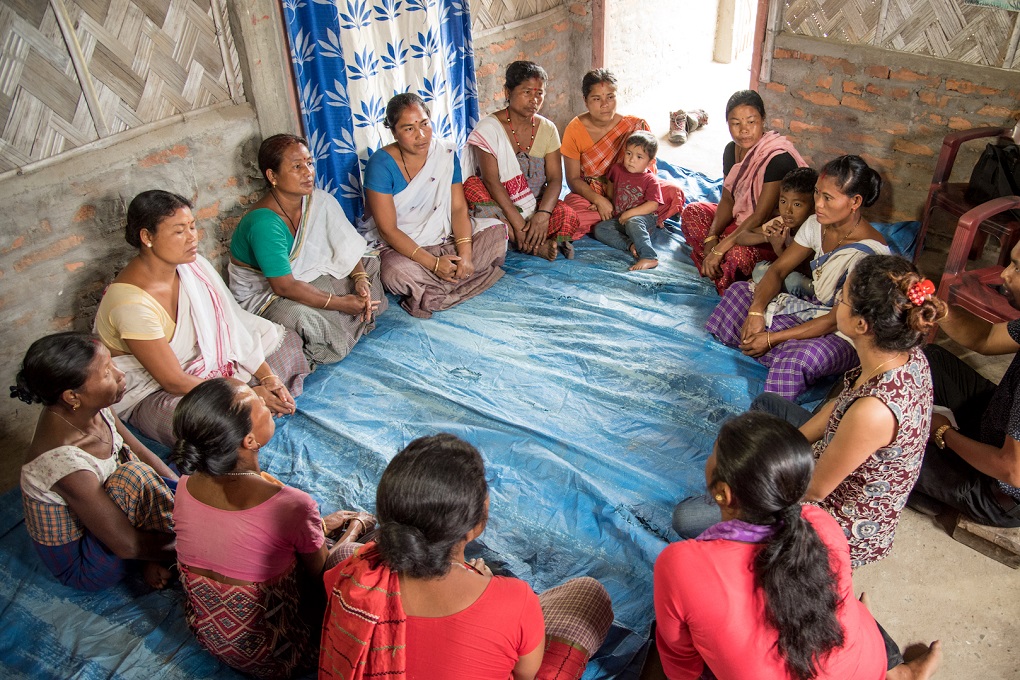
Recalling the incidents that led to the current predicament, the women recount how the RHEP was scheduled for complete shutdown for maintenance earlier this year and had indeed communicated the same to the local authorities, who in turn passed on the information to local communities.
Downstream community organisations like JKGPS in Arunachal Pradesh and many other representatives from the WWUGs in Assam demanded that before shutdown NEEPCO must select a site for dumping the silt.
NEEPCO promised a delegation of NGOs that it would not release silt but on the night of February 9, the state-owned company opened the dam gates releasing massive amounts of silt into the river downstream.
“Did you know that in its shutdown circular, NEEPCO said that it will ‘not take any responsibility for any loss/damage to life and property etc. in case of any accident owing to violation of the notice.’ What kind of company is this, and what kind of government allows them to get away with it?” asked Rachna Padun, President of Joarkhat village WWUG. There were many groups at the meeting.
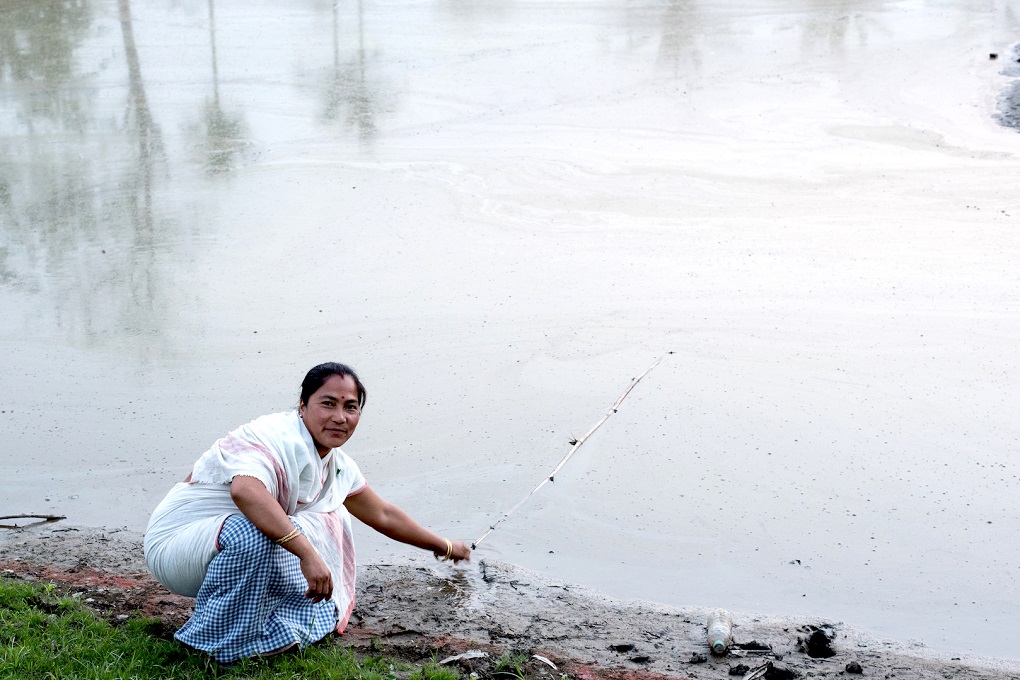
After last year’s floods that killed 11 people, the outrage against the dam forced NEEPCO to make a statement, claiming that the situation would have been much worse without the dam. The claim has been contested by scientists and downstream communities alike.
![Aruna Das pointing to where the embankment breached during the floods of 2017 in Joinpur, North Lakhimpur, Assam [image by: Shailendra Yashwant]](https://dialogue.earth/content/uploads/2019/05/ArunadasJoinpur-1.jpeg)
“We are supposed to trust these embankments, but they have breached time and time again. The force of water when dam releases it together with the rains is too much for the embankments,” she pointed out.
“What is the point of making electricity, when there is no water to drink or food to eat and when we are living in the constant fear of our houses being washed away?” asked Barnali Taid. “The least they can do is to give us an early warning. Everyone knows that the floods are caused by the dam. The dam authorities should alert us before they release the water, so we have time to react, at least take our children and cattle to higher ground.”
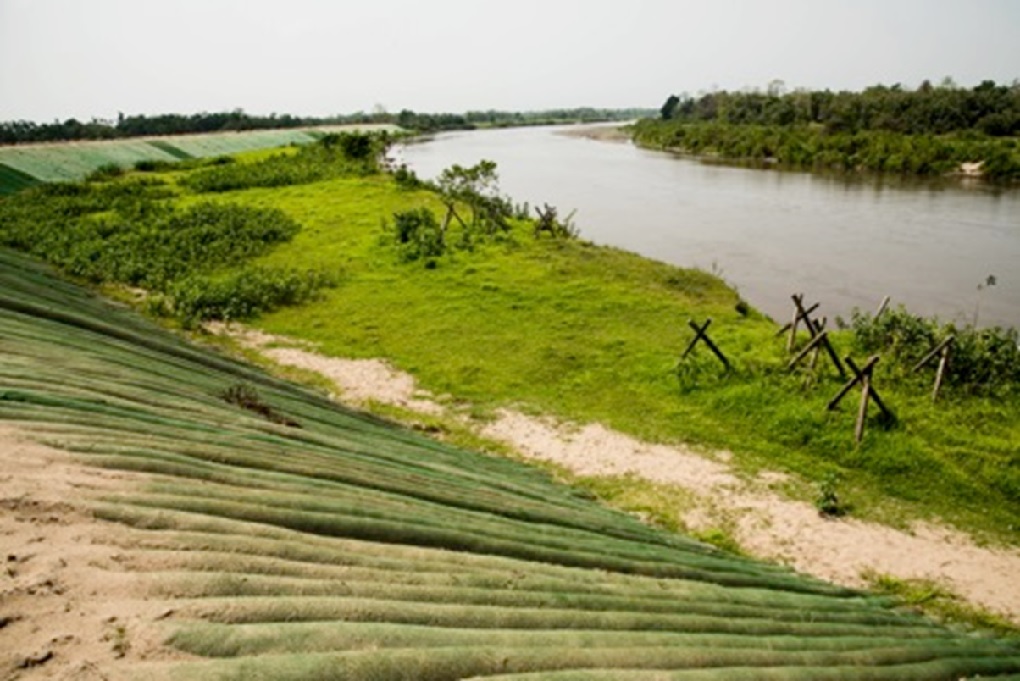
At the Joinpur meeting, the WWUGs prepared a charter of demands that they wish to present to the district commissioner, with whom they are seeking an appointment to appraise him of their problems.
Clean drinking water tops the list, in a region severely affected by arsenic contamination of groundwater. That is followed by a long list of dam-induced problems for which they seek redressal – clean-up of the river from the ongoing contamination, an early warning system in the flood season, reparations for agricultural and fisheries losses to floods and inclusion of women in dam, floods and embankment maintenance related meetings at the district level.
After more animated talk, the women decided to reiterate the last demand in the introduction. “Women’s water related work is invisible in the current water paradigm though women are primary victims of degradation of nature and water scarcity,” said Gita Rani Bhattacharya, director of the Mahila Samata Society of Assam. “Water entitlements, water technology and infrastructure and voice or decision making in the water related institutions are mostly vested in men.”
“There are hardly any men in the villages, as all the young and able bodied have migrated out for work due to failure of agriculture and fishing here in Lakhimpur. Clearly there is a need to empower women to participate in water related decision-making,” said Vinuthna Patibandla, Oxfam India’s programme officer. “As part of the TROSA programme, we have formed Women Water Users’ Groups in 21 villages. They are an integral part of the village development management committee of the Panchayat, and interacts with district officials on matters relating to water governance.”
While leaving the meeting, Aruna Das asked a question that is on everyone’s mind but rarely expressed. “If these are the difficulties due to one small dam on Ranganadi, what will happen when a much bigger dam, the 2,000-megawatt dam on the Subansiri river, is made operational?”
Barnali Taid is quick to respond, “First let the women take control of this situation. Then we will deal with the big dam.” Everyone giggles at the phrase “take control” as they disperse to resume new year celebrations.
![<p>Children crossing the flood-impacted barren paddy fields of North Lakhimpur, on Rongali Bihu day [image by: Shailendra Yashwant]</p>](https://dialogue.earth/content/uploads/2019/05/BihuLakhimpur-1-1.jpeg)

